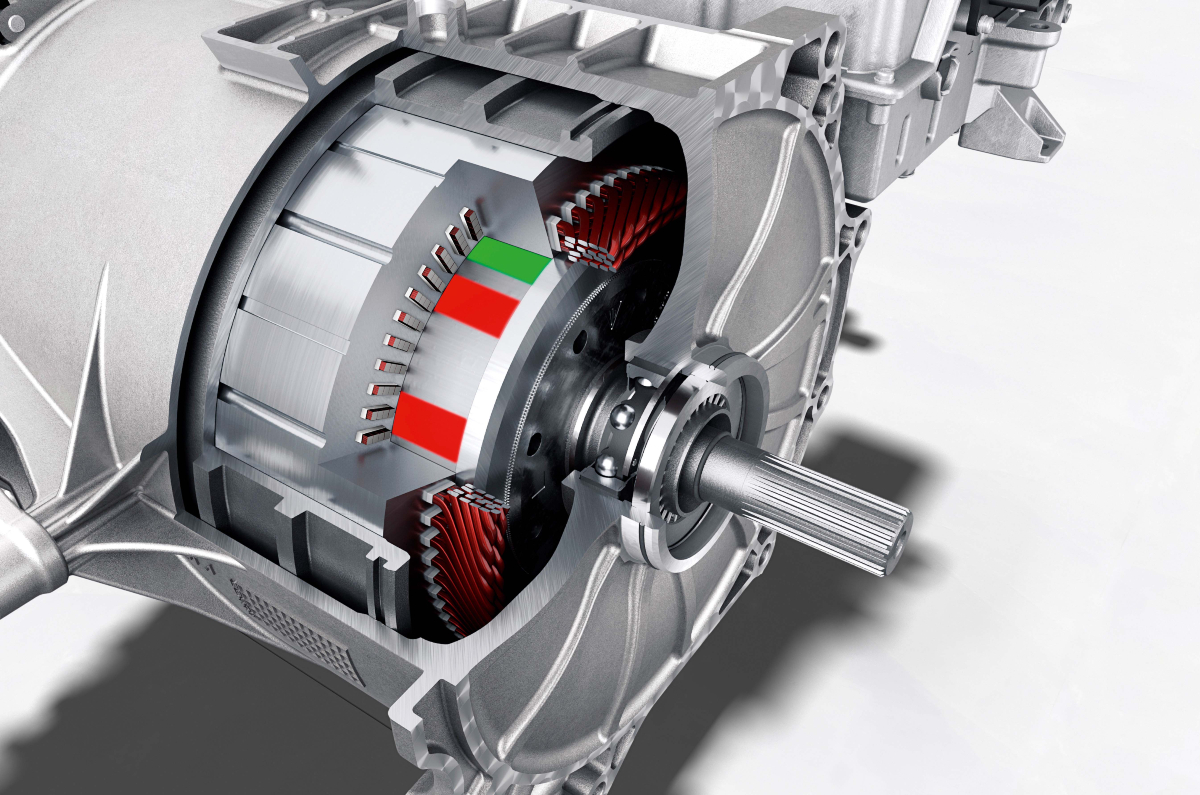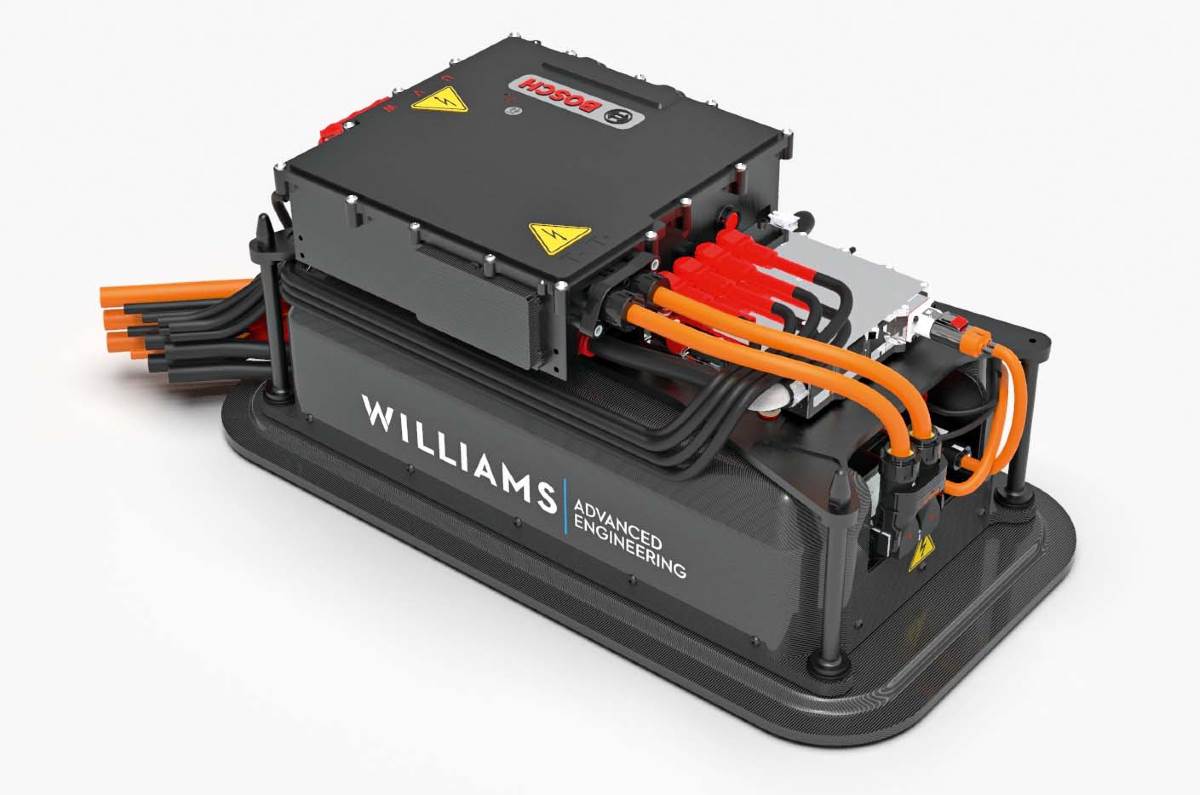
Electric vehicles have turned the world upside down in more ways than one: technology has changed, as have production methods, driving styles, refuelling, tyre design and pretty much anything else you can think of. Deeper beneath the surface, more changes are on the way, and one of those is the design of the fluids that keep engines, motors and drivelines alive.
In a conventional car, a mixture of water and glycol (antifreeze) cools the engine while a variety of oils formulated for each particular task lubricate the engine, axles and transmission, and in some cases, do a second job of cooling them.
EVs are a different kettle of fish. With combustion out of the equation, there are no combustion products for oil to worry about and no extremely high temperature hotspots like combustion chambers. EV transmissions still need lubricating and motors still need cooling, though, as do batteries and power electronics. In fact, they need more than mere cooling: they need finely tuned thermal management not just to protect them but also to extract maximum efficiency from them. It’s an area oil companies are increasingly focusing on as a source of business as ICE fades away.
Petronas Lubricants International is one of those developing dedicated EV fluids (dubbed the Iona range). It believes it can improve efficiency, with the knock-on effect of increasing range, just by the use of specially developed lubricating and coolants for EVs. Thermal management is moving away from indirect cooling of electrical and electronic components to direct cooling. With indirect cooling, heat sinks (usually just alloy plates) suck up the heat from a machine, inverter or battery cells and transfer it to coolant being pumped around the system as normal.
That’s inefficient, because only some of the heat is conducted away by heat sinks and cooling fluid; the rest has to escape. With direct cooling, the fluid is in direct contact with electrical components like circuit boards, plus seals and copper and plastic components; and for that to happen without causing a massive short circuit, the fluid must be dielectric (incapable of conducting electricity). The story gets more complicated as EV drivetrains are integrated, rather than separate. Then fluid needs to both lubricate gears and directly cool the motor and its electronics.
Ultra-rapid charging could be made even faster if the cooling of the battery and charging equipment can be improved too. The rate of charge of cars capable of 350kW charging (the Porsche Taycan and Hyundai Ioniq 5, for example) peaks early and then gradually falls away as the battery management systems ‘throttle’ the current to prevent damage. Petronas points out that the Taycan takes 41 minutes to charge from empty, but were it able to charge at 350kW until full, that could come down to 16 minutes. It’s not saying that’s necessarily achievable, but it is saying there’s enormous scope there for improving charging times by focusing on cooling and the fluids that do it. It looks as if the next 10 years will be a busy time for chemists, and in more ways than just improving battery-cell technology.
Williams to make EVs cool

The Williams Formula 1 team’s Advanced Engineering spin-off is collaborating with Castrol in a five-year project to develop fluids for thermal management in EVs, starting with coolant for WAE’s motorsport batteries in 2022. One of the major areas of interest for WAE is immersive cooling technology being developed by Castrol.
https://ift.tt/8PxCJeGwy



